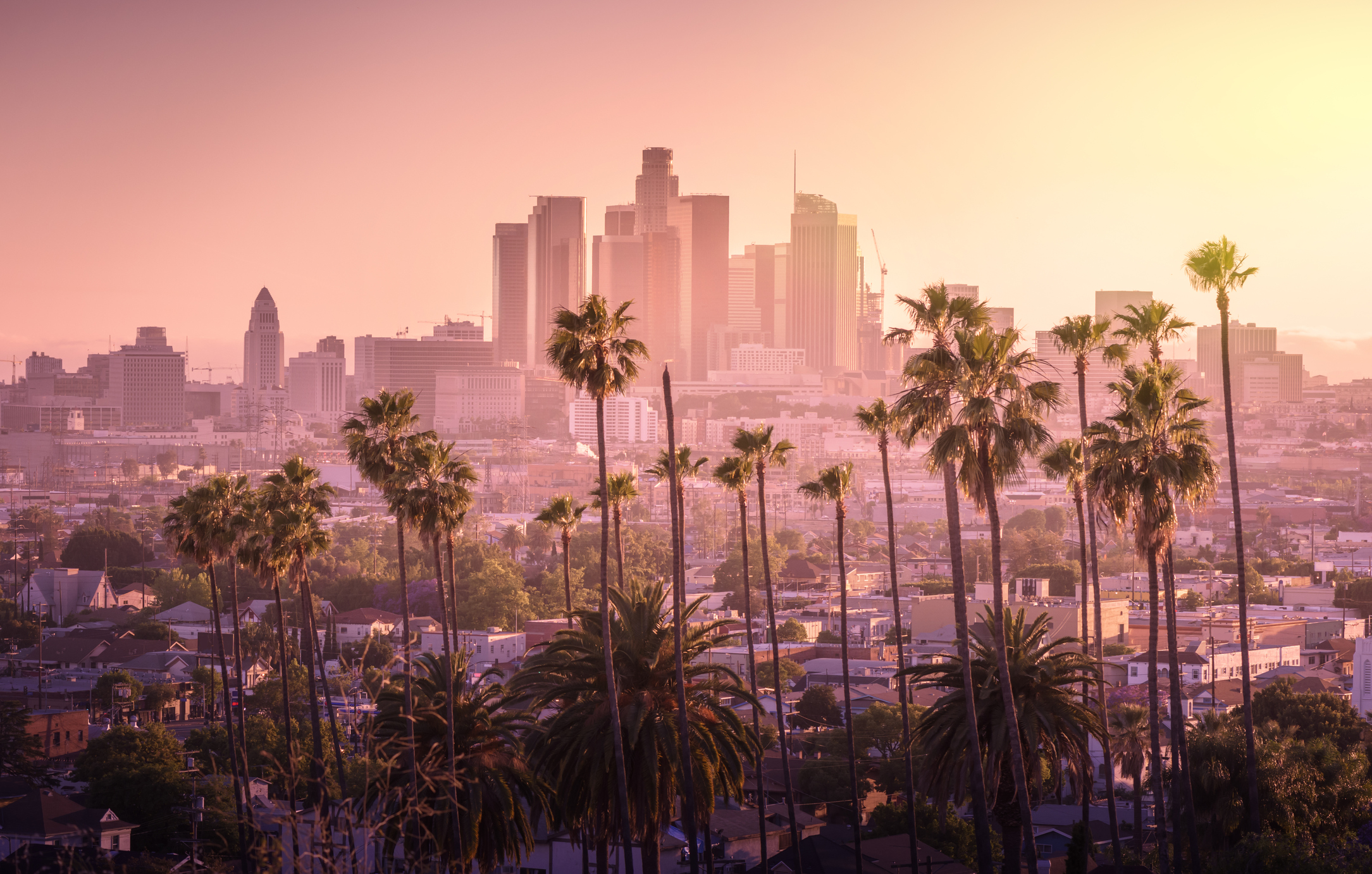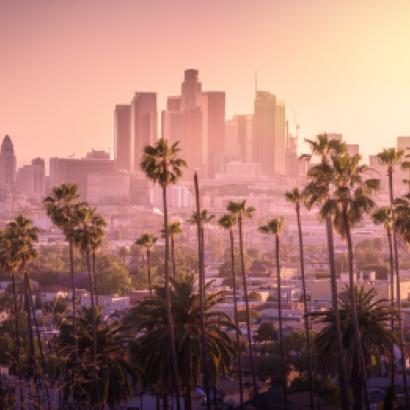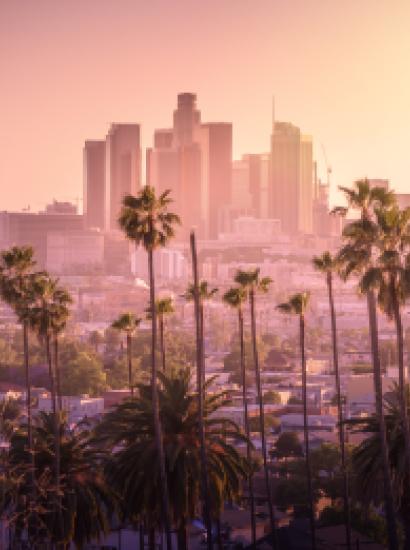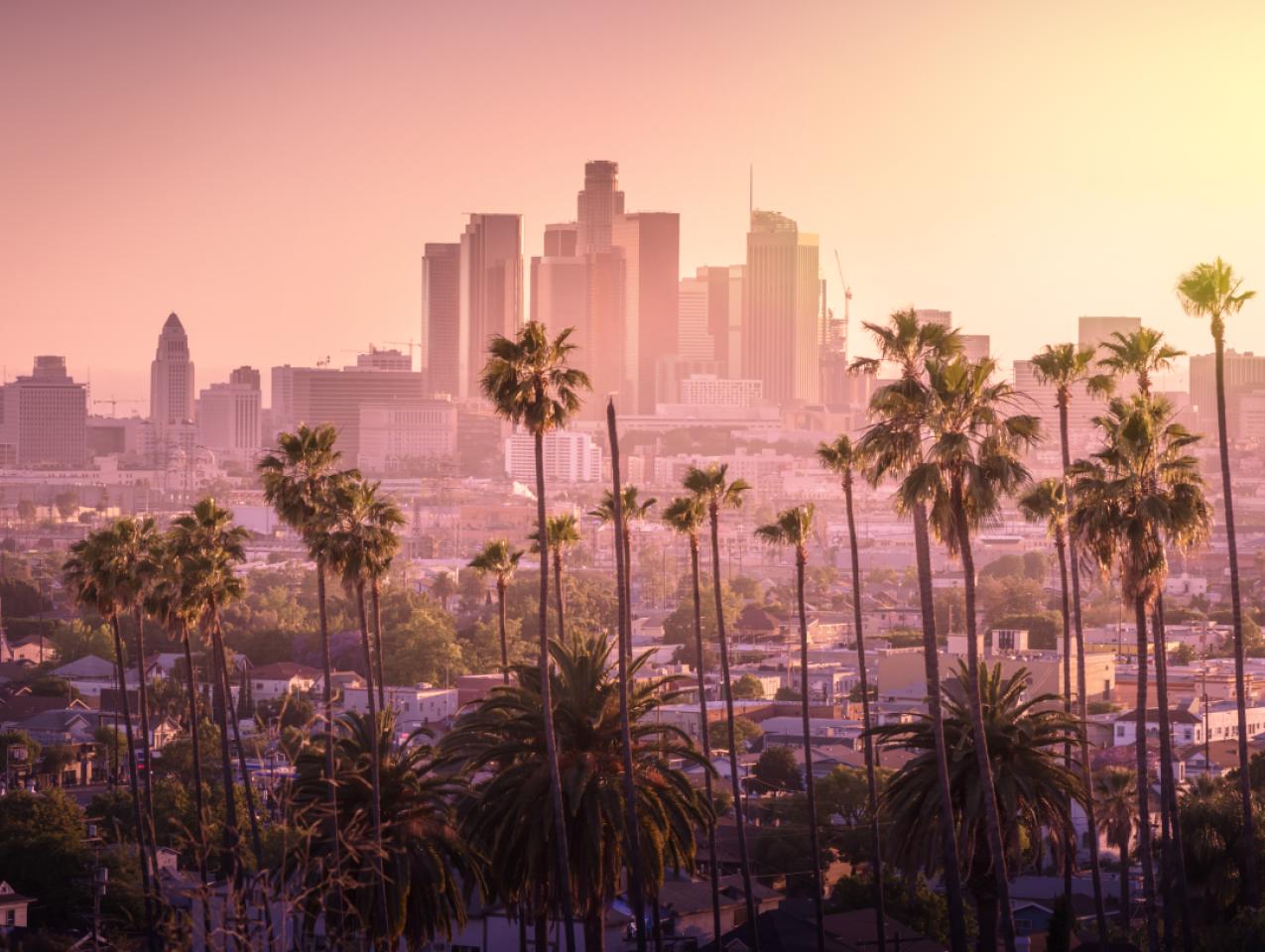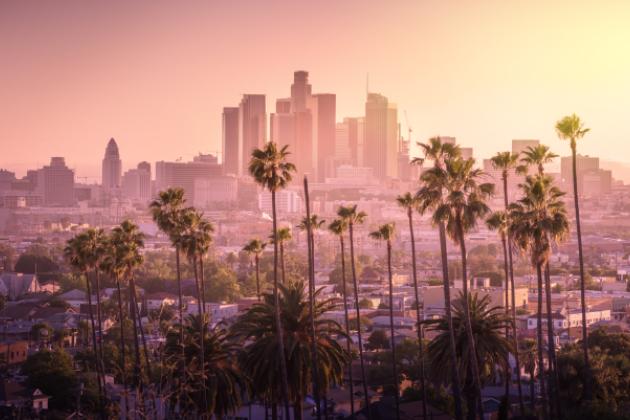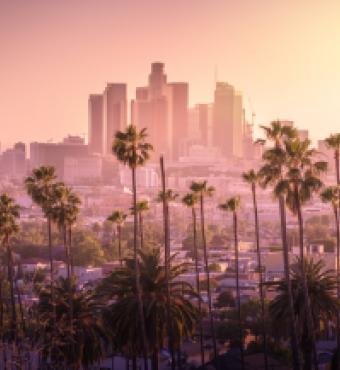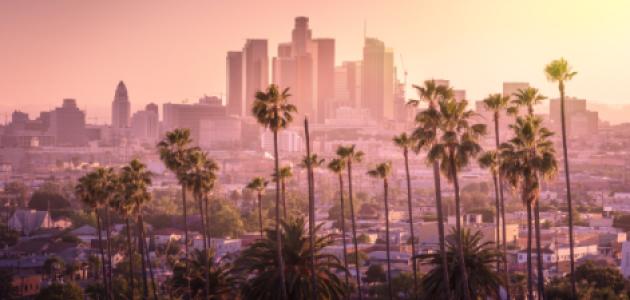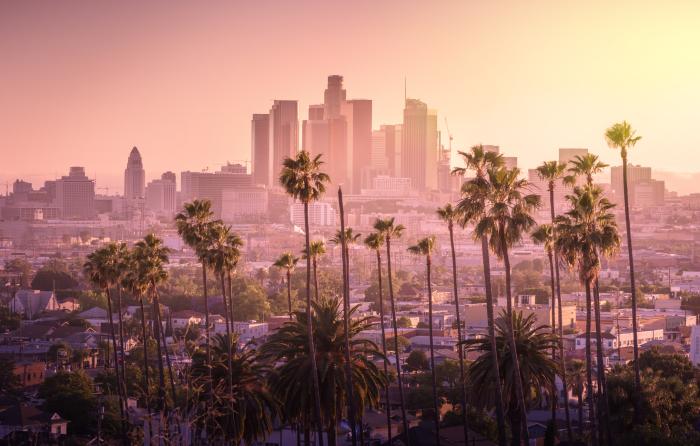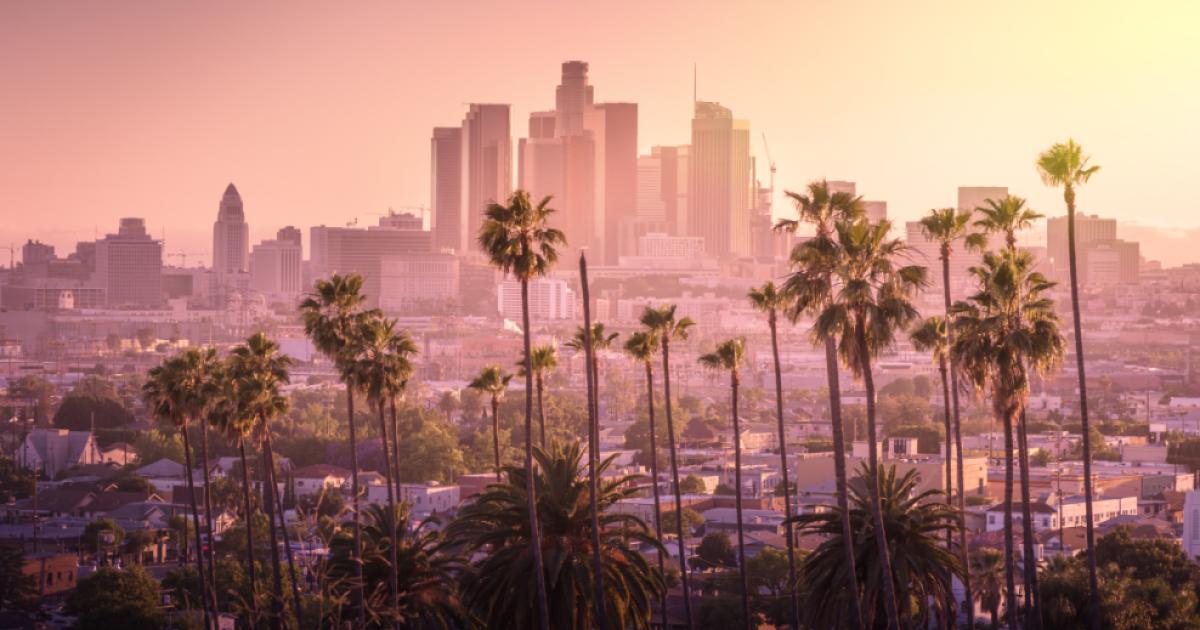- Politics, Institutions, and Public Opinion
- State & Local
- California
I first moved west to California in February 1994, about a month after the Northridge Earthquake struck Los Angeles and four months before O. J. Simpson’s ride up the 405 became a live-televised national spectacle.
While it’s not easy to find landmarks still standing from over a quarter of a century ago—LA’s freeways recovered from the tremblor in jig time, O. J.’s Brentwood residence is long gone, as is the restaurant his former wife dined at on the night of her murder—there is a good point of reference for the uneasiness of the California existence at the time: the 1993 movie Falling Down.
Starring Michael Douglas and ironically filmed at the same time and not too far from the previous year’s riots in Los Angeles, it’s the tale of an unemployed defense contractor—his job deleted as the Cold War “peace dividend” decimated Southern California’s aerospace sector—who reaches his breaking point as he traipses approximately 20 miles from a spot near Dodger Stadium to the Venice Fishing Pier, not far from the home of his estranged wife and daughter whose birthday party he hopes to crash (he’s walking because his car overheated on the freeway).
Along the way, Douglas’s character encounters heavily armed Latino gang-bangers, smarmy fast-food workers, a hostile Korean bodega merchant, construction workers who don’t construct, a street person offering phony tales of woe, a Black man arrested for protesting outside of a bank that refused him a loan, a homophobic neo-Nazi surplus-store clerk, overprivileged golfers, plus a caretaker’s family logging a little pool time in a plastic surgeon’s mansion—the embodiment of social and economic haves and have-nots.
What this film got right about California in the early 1990s: deep racial divides, a society wallowing in anger and resentment, plus the identity crisis that comes from belonging to yesterday’s workforce (as Douglas’s character explains, “I lost my job. Actually, I didn’t lose it. It lost me. I’m overeducated, underskilled—maybe it’s the other way around, I forget. But I’m obsolete; I’m not economically viable”).
And if a sequel to Falling Down were to be filmed today?
The reboot would need a new director (the great Joel Schumacher passed away in June) and maybe a new lead actor as well (Michael Douglas, who turns 76 this week, is more into television than cinema these days).
As for the plot, I’d go with something along these lines: an unemployed San Francisco Bay Area airline worker, in danger of losing his side job as a ride-share driver thanks to a pernicious state law, tries to make his way home after his car breaks down—a long walk, as the only home he can afford is 60 miles away in Tracy.
Our antihero protagonist is harassed along the way because he forgot to pack a face mask—which doesn’t do much good amidst the fetid smoke from wildfires—and protestors block the road. His estranged wife won’t pick up his calls as she’s stuck on Zoom calls. The same goes for his daughter, supposedly virtually learning but in fact messing around with her friends on TikTok.
The point of this: the present doom-and-gloom about California has a familiar ring to it—not just the double-digit unemployment and a state government suddenly alarmingly in debt, but the question of whether the California Dream more closely resembles a nightmare than a restful REM slumber (at this point, it’s worth taking a gander at this remarkable column on what’s wrong with the present-day Golden State by my Hoover colleague and relatively recent California transplant Niall Ferguson).
Here’s one other way to get a sense of California’s progress over the past three decades: search the internet for “the California Dream is dead.” You’ll find a November 18, 1991, edition of Time (you might recall the age of printed news weeklies) featuring this cover story: “California—The Endangered Dream.” You’ll also discover this NBC News piece from January 2009 that chronicles high unemployment, home foreclosures, and out-of-state migration. And, a week ago, a National Review column by the Hoover Institution’s Victor Davis Hanson (a fifth-generation resident of the Golden State) detailing what he characterizes as “The Same Old, Same Old California Suicide” (a never-ending cycle of natural and manmade disasters).
To me, this suggests that what California is experiencing at the moment—talk of a wrong-track state, anecdotes and evidence of residents fleeing the Golden State for more pleasant, more affordable pastures—isn’t so novel as it is 40 million Californians in a hamster-cage treadmill of a nation-state. California shines, then stumbles, then falls into disrepair seemingly incapable of recovering, only to re-emerge in a new incarnation of wealth and self-congratulatory progress, only to stumble again.
Meanwhile, the wheel keeps turning.
That said, there is something different about the 2020 vintage of California-grown and ‑distilled misery. And that would be the concept of inconvenience that cuts across racial and economic lines—and a lifestyle change that, for some workers, is an invitation to stage their own #Calexit.
At last count, California had experienced nearly 780,000 cases of coronavirus. That subdivides almost equally by gender, with the 18–49 age group bearing the brunt of the pandemic (about 60% of the caseload). Of the more than 526,000 cases whose data include race/ethnicity, it’s California Latinos who’ve suffered the worst by far (60% of the caseload), followed by whites at nearly 17% (Asian and African Americans combined are just under 10%).
Now, consider California’s struggles with foul air spawned from a rash of wildfires statewide. According to the state’s Air Resources Board, air monitoring shows that over 90% of Californians breathe “unhealthy” levels of one or more air pollutants.
In an ironic twist, coronavirus and the lack of population on the move made for cleaner air in California earlier this year. That is, until the wildfires came along. And once that bad air clears? An American Lung Association report released a year ago—this was pre-pandemic, when California was supposedly at the forefront of a clean, green revolution—listed the Golden State as home to seven of the nation’s 10 smoggiest cities and regions (in order: Los Angeles, Visalia, Bakersfield, Fresno, Sacramento, San Diego, and the San Francisco Bay Area).
So why not leave California, especially if the work is portable thanks to a virtual economy prompted by pandemic conditions? In a state where the middle class finds itself in a tilted struggle against a high cost of living (California’s median income is a little over $75,000; Zillow’s home price index is a little over $578,000), other destinations may provide a more affordable dream. Texas, a change of address for about 85,000 exiting Californians a year, offers cheaper room and board (5% less spending on products compared to California prices, plus a Zillow median home value of a little over $211,000).
There are arguments for staying in California (or so I’d have you believe, as I finish nearly a third week of freeloading off my sister at her lovely home outside Charleston, South Carolina, because I’d reached my breaking point with Northern California “spare-the-air” admonitions). There’s the intellectual argument that California, with its progressive pro-science streak, is better suited than most localities to deal with pandemic and climate change.
And there’s this argument, provided last week by former governor Jerry Brown, that comes across as, well, a little condescending (not to mention a tad apocalyptic): “Tell me: Where are you going to go? What’s your alternative? Maybe Canada. You’re going to go to places like Iowa, where you have intensifying tornadoes?”
It’s worth noting: the former governor is spending his retirement days in a rural and remote patch of Northern California, on 2,500 acres of land he owns and a home powered by solar power (thus his $120,000 state pension goes a lot further). Maybe the air is clearer where he resides.
But others might ask: what California is he looking at?







